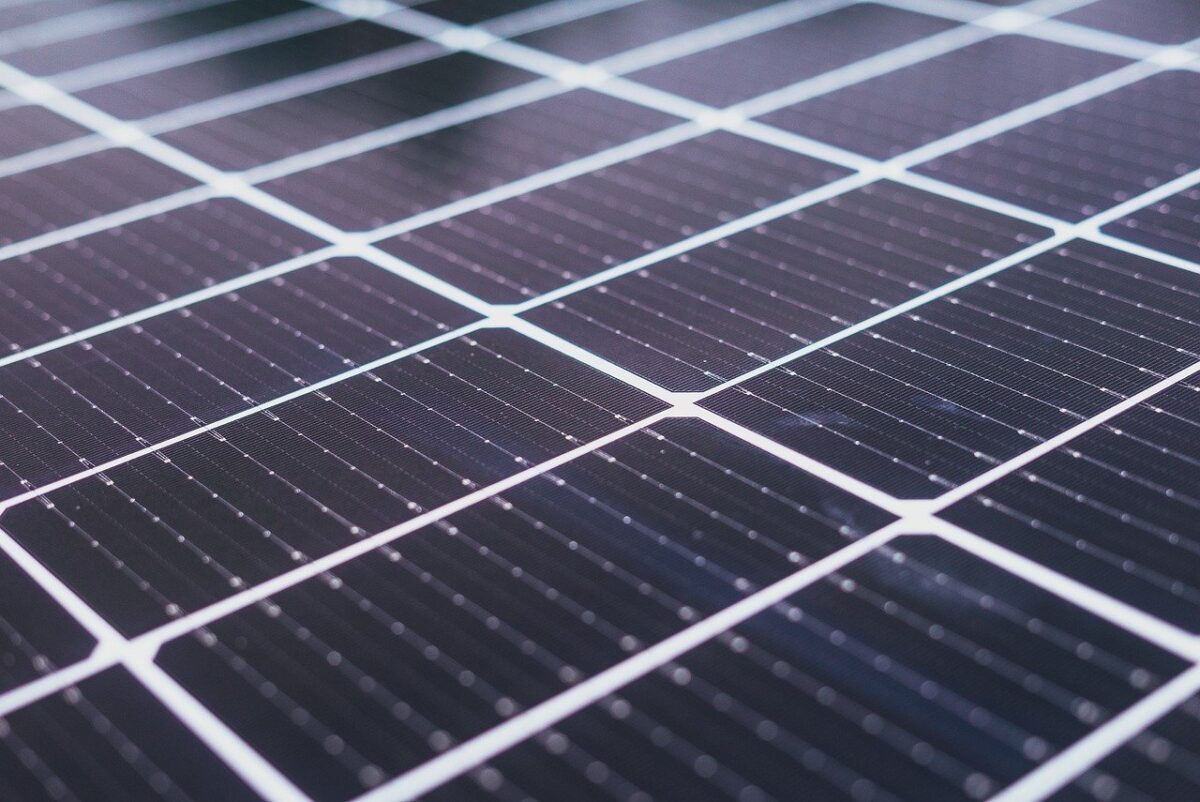For many organizations, success comes as a result of balancing higher ideals with practical actions. Solar energy has always been held up as the ideal source of green, renewable energy and a way forward from our fossil fuel-reliant ways. It took a while for the practical side of things to catch up to that ideal—the technology was still improving and equipment was not cost-effective enough for wider adoption—but recent years have seen solar energy entering the conversation in a way that we’ve hoped it would for decades.
The production of solar energy equipment has cast shadows in recent years, though. There have been allegations that materials produced or mined with forced labor are often found in solar production supply chains. This is because the vast majority of polysilicon production, crucial to solar panel builds, comes from China. Much of China’s production of this material happens in the Xinjiang Uygur Autonomous Region (XUAR) region which is reportedly rife with modern slavery abuses.
Solar production isn’t the only industry that imports heavily from China and might find themselves bringing materials made by forced labor to U.S. shores—textiles and apparel shipments are also often in question, as the Xinjiang region produces an inordinate amount of the world’s cotton. To improve transparency and prevent materials made with forced labor from entering the country, the United States has implemented the Uyghur Forced Labor Prevention Act (UFLPA).
UFLPA requirements
Solar energy equipment manufacturers are no strangers to complex, multi-step supply chains that can span countries. Unfortunately, the more complex a supply chain is, the more work needs to be done to stay compliant with UFLPA, which in essence is there to require that companies do not import any materials tied to forced labor in the XUAR.
It’s not enough to claim there’s no tie between a company’s polysilicon imports and forced labor, though—the UFLPA wouldn’t be very effective if that’s all it took to comply. On the contrary, the numbers the U.S. Customs and Border Protection (CBP) publishes on its own site show it being aggressively enforced, with nearly $2 billion in goods delayed between June 2022 and the end of 2023 alone as shipments were held for closer inspection. About half of those shipments were denied entry.
Solar companies importing key components for their production have to prove their shipments don’t trace their origins to forced labor and demonstrate their efforts to keep such materials from their shipments.
In practice, the UFLPA looks for a handful of things. Officials will want to see the origin of the materials in any shipment, so a clear audit trail that can be furnished in the form of invoices and detailed production processes is important for solar companies to have available. These companies should also seek to gain transparency into the organizational structure and affiliations of their suppliers and sub-suppliers.
Certain suppliers have clear red flags that appear when one digs into them, such as affiliation with any entity listed on the UFLPA Entity List. Catching those early will allow solar companies to divest from those risky suppliers quickly— again documenting the process wherein suppliers with ties to forced labor are removed from the supply chain will help with compliance. A thorough outline of due diligence procedures, stated goals around ethical sourcing, and any other related initiatives taken may be required by CBP officials.
Since many raw materials crucial to the production of panels are frequently brought over from China, and the non-Chinese supply of these materials is so low, forgoing Chinese-based imports overall is often not an option. Chinese materials are, at least for now, often a necessary component. The question then becomes how to enable the above capabilities to determine which Chinese suppliers utilize forced labor farther upstream, and would put any company importing from them in violation of the UFLPA, and which do not.
Meeting compliance requirements
Gathering, organizing, managing, and reporting such detailed information on suppliers is a significant challenge for any company. Solar production companies can tap into recent automation innovations within their third-party management processes to survey current suppliers (and their own suppliers) and monitor their entire supply chain for potential risks of UFLPA violation.
Underlying the UFLPA’s requirement for transparency is the need to access, store, and report crucial documentation. With large and complex supply chains, this requires a detailed supplier map to be built. Such a map can lay out the dependencies and connections between entities, which helps in laying out a path forward when a potential violation is uncovered. If a supplier is found to be sourcing materials from another supplier who has been flagged for violations in the past, an automated system could flag that company to supply chain managers and show all the parts of the supply chain that are at risk of a UFLPA violation as a result. Solar companies should be sure to build out escalation procedures and mitigation strategies for such a situation beforehand so that the options available to fix the situation are clear and actionable.
Automation can also routinely monitor the ownership structure of suppliers to track any changes that might bring a previously green-lit supplier into violation. Ownership structures and corporate relationships change all the time; manual review of every corner of a vast supply chain is impractical and costly.
Overenforcement by the CBP could still hit even the most compliant of companies and delay shipments—since half of the held shipments in the example period above were ultimately denied, that means the other half were fully compliant but still were held up for weeks or even longer. But clear documentation available up front might help a company keep their shipments out of a detainment scenario.
And of course, the benefits of staying compliant are well worth it. Beyond avoiding a situation wherein a company’s imports are held up or even refused, the companies that are demonstrating adherence to the UFLPA can more easily pivot to higher-margin markets thanks to transparency in their ethical sourcing practices. And of course, there’s the worldwide benefit of the entire industry being encouraged to source ethically and stop funding those utilizing forced labor. If we’re going to put an end to forced labor around the world, adhering as an industry to regulations like the UFLPA is one of the key steps toward doing so.
Toward a brighter tomorrow
Many other worldwide bodies are considering similar legislation to combat forced labor, and we’ve recently seen actions taken in the European Union with this goal in mind. The consensus seems to be that detailed regulations and careful enforcement are the way forward as we look to put forced labor behind us as a global society.
With the solar industry’s inherent forward-looking and ethical nature, there is the potential for solar companies to play a leading role in shaping yet another aspect of the future, beyond the push for clean and renewable energy. A sustainable world that does not make room for human rights abuses can serve as a model for how to move beyond such practices—the international collaboration required to fully root our forced labor in the solar industry could be replicated elsewhere, ushering in not just a brighter, but a more humane future for all.

Jag Lambda is the founder and CEO of Certa, a third-party lifecycle management platform for procurement, compliance, and ESG. Certa is backed by Techstars and top global VCs. A Wharton and McKinsey alum, Jag lives in California, and loves hiking and playing soccer with his son.
The views and opinions expressed in this article are the author’s own, and do not necessarily reflect those held by pv magazine.
This content is protected by copyright and may not be reused. If you want to cooperate with us and would like to reuse some of our content, please contact: editors@pv-magazine.com.








By submitting this form you agree to pv magazine using your data for the purposes of publishing your comment.
Your personal data will only be disclosed or otherwise transmitted to third parties for the purposes of spam filtering or if this is necessary for technical maintenance of the website. Any other transfer to third parties will not take place unless this is justified on the basis of applicable data protection regulations or if pv magazine is legally obliged to do so.
You may revoke this consent at any time with effect for the future, in which case your personal data will be deleted immediately. Otherwise, your data will be deleted if pv magazine has processed your request or the purpose of data storage is fulfilled.
Further information on data privacy can be found in our Data Protection Policy.